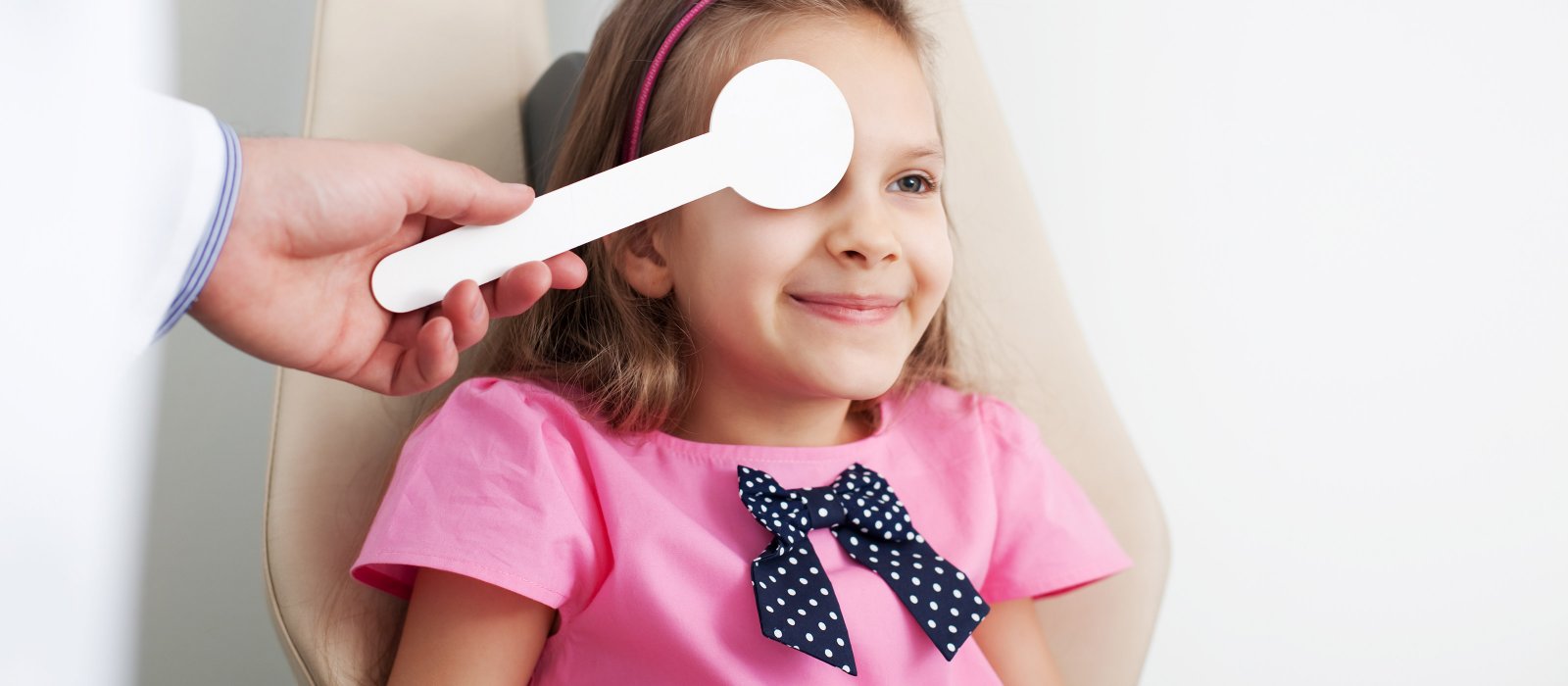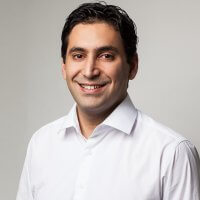
Let’s keep an eye on it:
Children’s eye diseases in the focus
Eye prevention for children
We have taken on the challenge to detect eye diseases or changes of the vision of children as early as possible and to conduct the appropriate treatment afterwards. To let your child have a lifetime of good vision!
Early eye illness detection thanks to preventional screening for children
Why is it so important? Read on!
- In early years, a defective vision with a diminishing visual acuity may develop, with or without strabismus.
- Therefore, a regular prevention is so important also for children, to ensure an optimum development of the eyesight.
Which eye diseases occur during childhood?
These eye diseases can occur during childhood:
- Defective vision
– Long-sightedness (hyperopia)
– Short-sightedness (myopia),
– Corneal curvature (astigmatism) - Strabismus
- Eye movement disorder
- Nystagmus (eye trembling)
- Weakness in vision (amblyopia) triggered by defective vision or strabismus
- various organic eye illnesses
Common illnesses of the child’s eye
What are the most common eye diseases during childhood?
The most common eye diseases for children are:
Defective vision such as
- Short-sightedness (myopia)
- Long-sightedness (hyperopia)
- Corneal curvature (astigmatism)
- Strabismus
How do child eye problems manifest?
Children who maybe suffer an undetected eye disease may show the following symptoms:
- Vision loss
- Strabismus
- Headache
- Suspicious motoric insecurity
- Learning weakness
Strabismus is recognisable through the drifting away of one eye, for example inwards or outwards, rarely up- or downwards.
Severe defective vision at young age
If undetected, this may mean a lasting weakness in vision for the affected child
Severe defective vision on both eyes manifests in that way that children who are affected are unable to recognise various objects. Resulting from the poor vision, motoric insecurities or a lack of concentration may develop.
Sometimes, a severe defective vision is one-sided and a so-called micro-strabismus develops. Unfortunately, these diseases of the eyes are almost impossible to detect for parents. The children don’t realise any problems and don’t complain about any negative symptoms. If this remains undetected, a lasting defective vision of the eye results.
Ophthalmological prevention for children
Who needs it?
We recommend general screening or preventive monitoring for every age.
Prevention is especially advisable for:
- Children, whose parents suffer from defective vision
- Children with congenital eye diseases
- Children with general diseases that can affect the eyes such as diabetes type 1
- Children with learning and development abnormalities
We work closely together with centres and university clinics specialised on eye muscle surgery.



